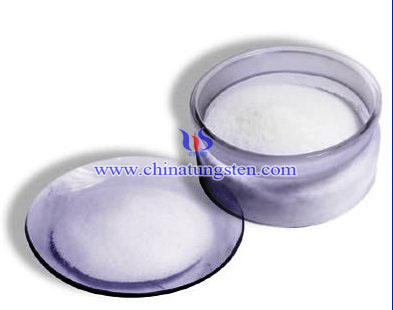Molybdenum Separation from Tungsten during Ammonium Paratungstate Crystallization Process
- Details
- Category: Tungsten Information
- Published on Wednesday, 23 December 2015 18:01
High effective method for separation of molybdenum from tungsten during ammonium paratungstate crystallization process
A novel method to inhibit Mo codeposition(molecules settling out of a solution) from ammonium tungstate solution during ammonium paratungstate(APT) crystallization process (Crystallization is the process of formation of solid crystals precipitating from a solution, melt or more rarely deposited directly from a gas. Crystallization is also a chemical solid–liquid separation technique, in which mass transfer of a solute from the liquid solution to a pure solid crystalline phase occurs. In chemical engineering crystallization occurs in a crystallizer. Crystallization is therefore an aspect of precipitation, obtained through a variation of the solubility conditions of the solute in the solvent, as compared to precipitation due to chemical reaction.) by control the concentration of Cl-in the solution.
Based on the plentiful APT production practices,the wonderful effect of Cl-on inhibition Mo co-deposition with APT during APT crystallization process has been found out. For a special ammonium tungstate solution with given Mo concentration,there is a corresponding threshold concentration of Cl-in order to achieve high crystallization rate and low Mo content for APT production. Using this high effective method,the primary crystallization rate of the APT increases from 80% to 96% and the resultant APT is zero-grade with very low Mo concentration(≤2×10-5). The APT products have perfect crystal morphology and homogenous particle size(40~50 μm).A possible mechanism of Cl-inhibiting molybdenum deposition is proposed.


| Tungsten Supplier: Chinatungsten Online www.chinatungsten.com | Tel.: 86 592 5129696; Fax: 86 592 5129797;Email:sales@chinatungsten.com |
| Tungsten News & Prices, 3G Version: http://3g.chinatungsten.com | Molybdenum News & Molybdenum Price: http://news.molybdenum.com.cn |



 sales@chinatungsten.com
sales@chinatungsten.com